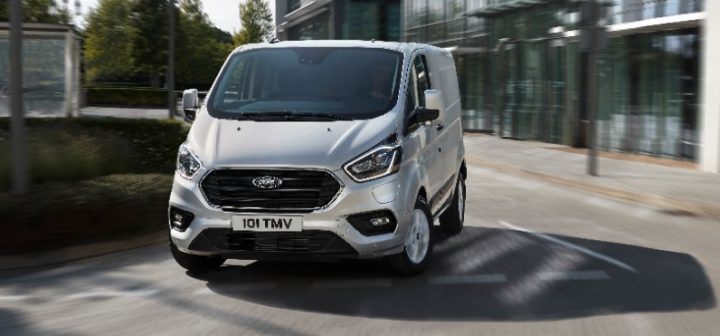A larger proportion of fleets are adopting electric vans for higher mileage roles than those who plan to use them for lesser distances, new research show.
The 2024 Arval Mobility Observatory Barometer asked fleets how they were using, or were considering using, three classes of electric van as they transitioned from diesel.
Out of those operating small vans, 38% said they would be used to cover more than 100 miles daily, compared to 25% below. For medium vans, the figures were 37% over 100 miles against 24% below, and for large vans, 35% over 100 miles against 28% below.
The research also asked businesses about which operational measures they had introduced for van operation as they moved towards greater electrification.
Fleets said they were concentrating on using electric vans where a lower payload was possible (30%), where drivers won’t have to recharge on-the-go (28%), where charging was available (25%) and where there was no need for towing (20%).
John Peters, Head of Arval Mobility Observatory in the UK, said, “These are new questions for the Arval Mobility Observatory in 2024 and reveal some very interesting trends in terms of how van fleets are handling electrification.
“More than anything, they show a highly practical approach to adoption. These operators are working around the current limitations of their electric vans, by using them in operational roles for which they are better suited – for example, carrying lighter loads or avoiding towing.”
He added that the data showing large numbers of fleets adopting electric vans for longer daily routes was highly encouraging.
“The results clearly show that, across small, medium and large electric vans, many fleets are either operating or planning to operate vehicles on daily routes of more than 100 miles. Overall, this indicates that while they are closely managing their BEVs in terms of practical limitations, the majority aren’t limiting them to local routes only. These electric vans are being adopted to cover 25,000 miles a year or more.
“As fleets become more familiar with electric vans, it’ll be very interesting to see how this situation develops. They will become increasingly familiar with their operational strengths and learn to use them in an optimal manner. Also, of course, we expect new designs to appear relatively quickly, with each generation incrementally reducing current limitations.”
More consumers need to buy new electric vehicles to provide the used sector with appropriate stock, delegates at the September meeting of the Vehicle Remarketing Association heard last week.
Andy Webb, head of sales from Brego, explained that fleet dominance of the EV market meant there were too many medium and large electric cars entering the remarketing cycle, and not enough smaller ones for everyday buyers.
He said, “We’re seeing a skewing of the used EV market towards manufacturers and models for which there is limited demand in the market and this has been the primary reason for the collapse in EV values over the last few years. If there had been more ‘normal’ EVs around, the falls we have seen may have been much more limited.
“While the situation is improving slightly, with fleets beginning to buy some smaller, cheaper EVs, there is a very real possibility that the used market will not begin to function correctly until we see consumers buying more new EVs. They will eventually provide the kind of stock that the market needs, rather than what it is currently getting.”
The VRA meeting was held at the Swindon head office of Arval UK, and included an EV ride and drive event featuring new models from BYD including the Atto, Dolphin and Seal, as well as used examples from Audi, BMW, Jaguar, Tesla and others.
